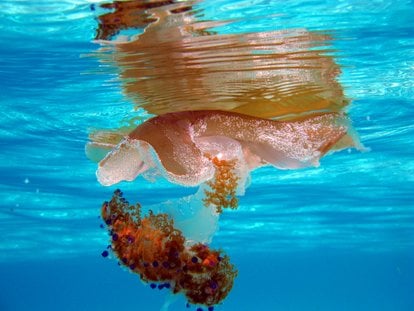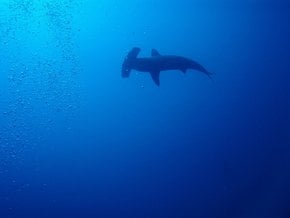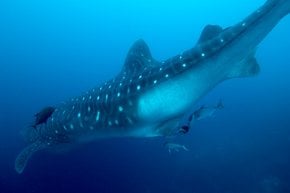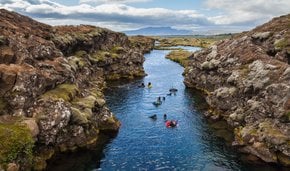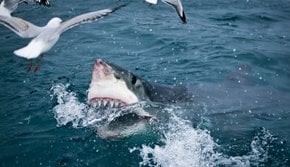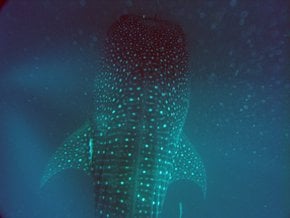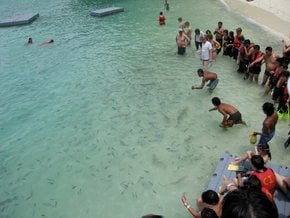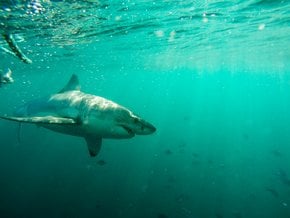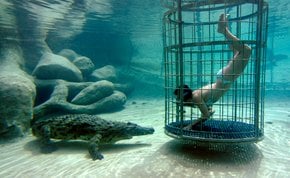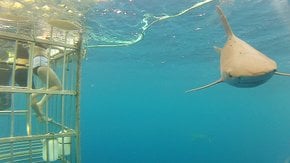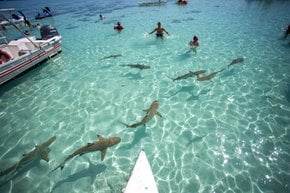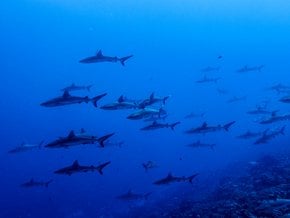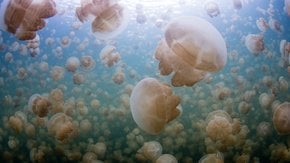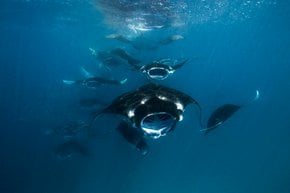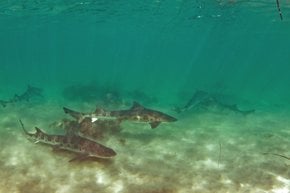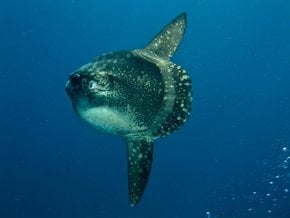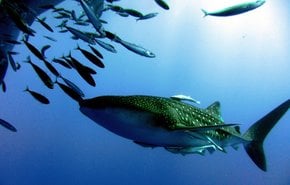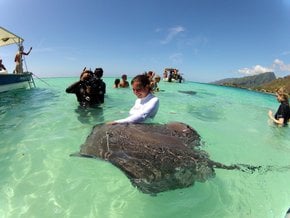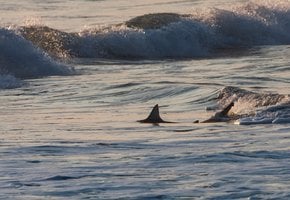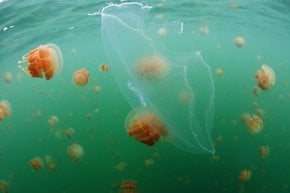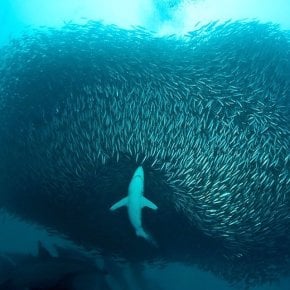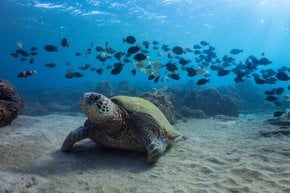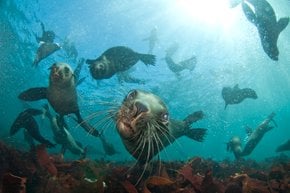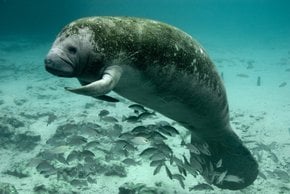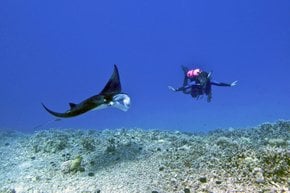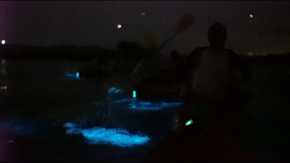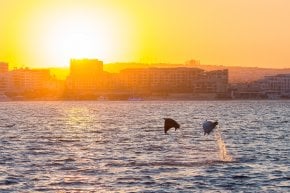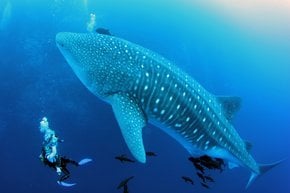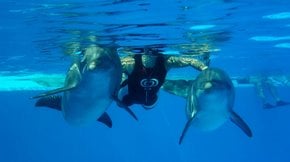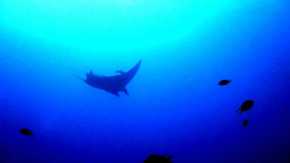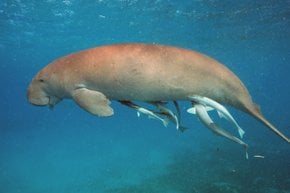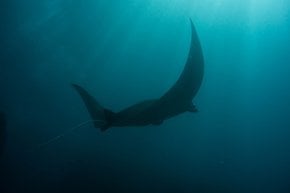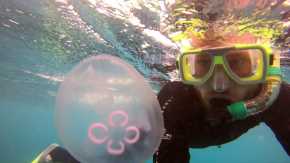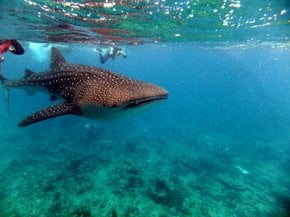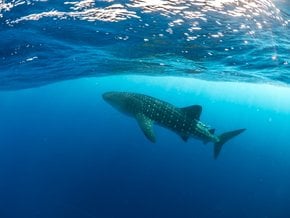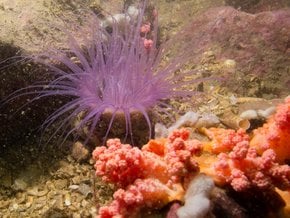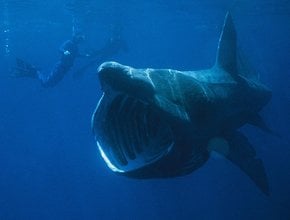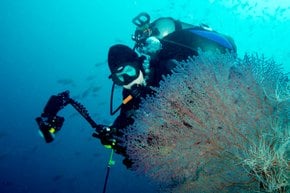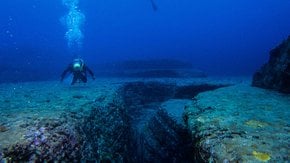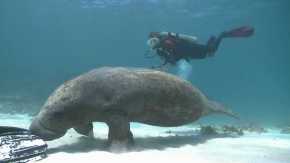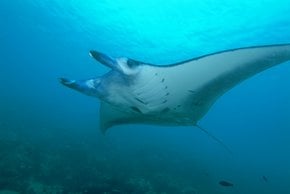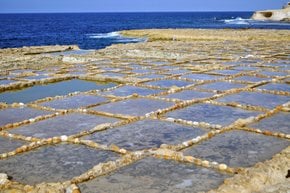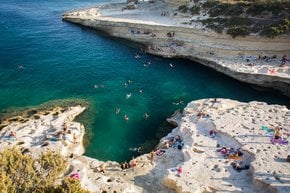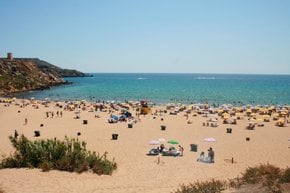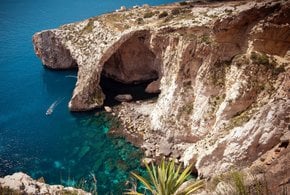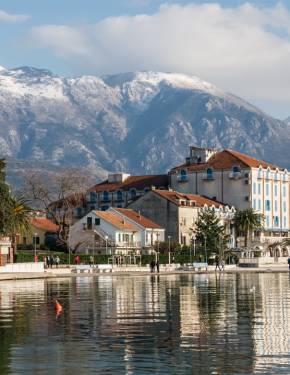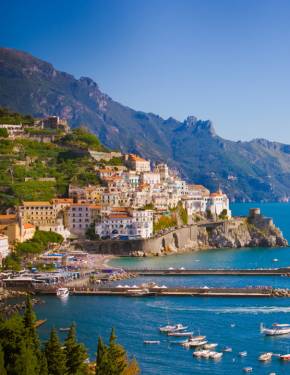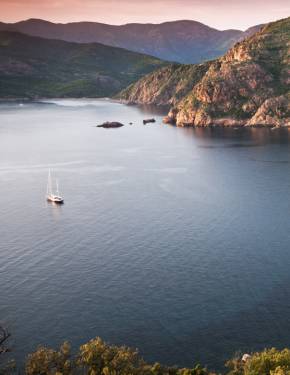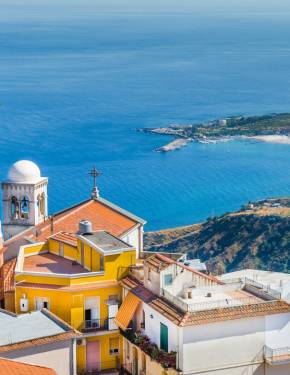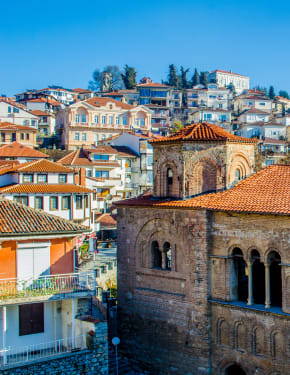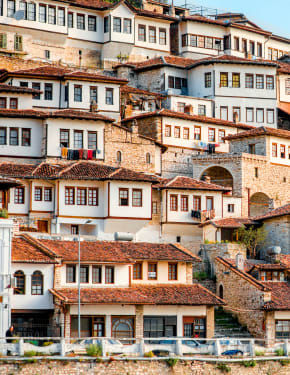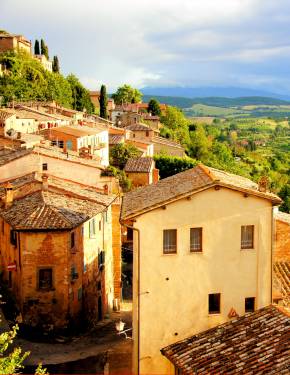Melocotones en Malta 2026
Desafortunadamente Malta está plagada por cada vez más medusas cada verano debido al aumento de las temperaturas
Mejor época: Abril-septiembre
Las medusas, animales marinos gelatinosos, son nadadores libres en el Mediterráneo y por lo general no agresivos. Pero la reproducción de medusas ha aumentado en los últimos años debido a la sobrepesca y el cambio climático. Cuando el mar se calienta (generalmente en abril) o comienza a enfriarse (generalmente en septiembre) se pueden ver grandes enjambres de medusas a través de la costa y en las bahías
El verano también se considera una temporada alta de medusas. La medusa más común en Malta es la Mauve Stingers, que generalmente se encuentran cerca de la superficie del agua durante tiempos de luz disminuida o después de lavarse en la playa. No son mortales, pero sus picaduras hacen el paquete de un puñetazo. Son más difíciles de ver cuando flotan solos. Por lo tanto, usted no puede notar pero sólo sentir una picadura. Una especie más de medusa fue registrada alrededor de Malta es la llamada medusa manchada australiana que puede infligir una picadura muy leve cuando uno entra en contacto con ella
Easily identifiable by its translucent, moon-like appearance, the Moon Jellyfish has a mild sting compared to other species. Its venom is less potent, making it less of a threat to swimmers.
Known locally as il-Qassats, the Fried Egg Jellyfish is distinctive with its yellow, egg-yolk-like appearance. This species does not sting, making it harmless to humans. It is commonly seen from the end of summer through autumn.
Jellyfish cannot swim against currents; instead, they drift with the tides and winds. This behavior explains why they often appear in large groups or swarms. Overfishing and climate change have contributed to their increased presence in the Mediterranean, including Maltese waters. Notably, jellyfish populations surge when the sea temperature rises in April and cools down in September.
The best way to see jellyfish underwater is by snorkeling or diving in clear, calm waters where these fascinating creatures are often found. Snorkeling offers a closer and more immersive experience, allowing you to observe jellyfish in their natural habitat with minimal disturbance. Dive sites around Malta, such as the Blue Lagoon in Comino, are popular for their abundant marine life and crystal-clear waters, providing an ideal environment to view various jellyfish species up close. Always keep a safe distance to avoid stings, and consider joining a guided tour for expert insights and safe practices.
Understanding jellyfish behavior, recognizing safe swimming areas, and knowing how to treat stings are crucial for enjoying Malta's beach season. Beaches in Malta use a purple flag to indicate the presence of jellyfish. Paying attention to these warnings can help you avoid stings. Additionally, checking wind directions and local beach reports can provide valuable information about jellyfish activity.
If stung by a jellyfish, immediately exit the water to prevent further contact. Rinse the affected area with seawater, as fresh water can aggravate the sting. Use a flat object, like a credit card, to gently scrape off any remaining tentacles. If available, apply vinegar to neutralize the venom. To treat the sting, apply hydrocortisone cream or take an oral antihistamine to reduce itching and swelling. Seek medical help for severe reactions, difficulty breathing, or extensive stings.
In 2022, visitors strolling along South Street in Valletta were treated to a vibrant display of multicolored jellyfish hanging above their heads. This artistic installation, titled "When the Sea Stings" (‘Meta l-Baħar Iniggeż’), was likely inspired by the increasing jellyfish populations in Maltese waters. Valletta Cultural Agency Chairman Jason Micallef explained that this installation was part of a series of artistic displays set up every three months as part of the agency’s cultural program, enriching the capital city's streets with imaginative and thought-provoking art.

